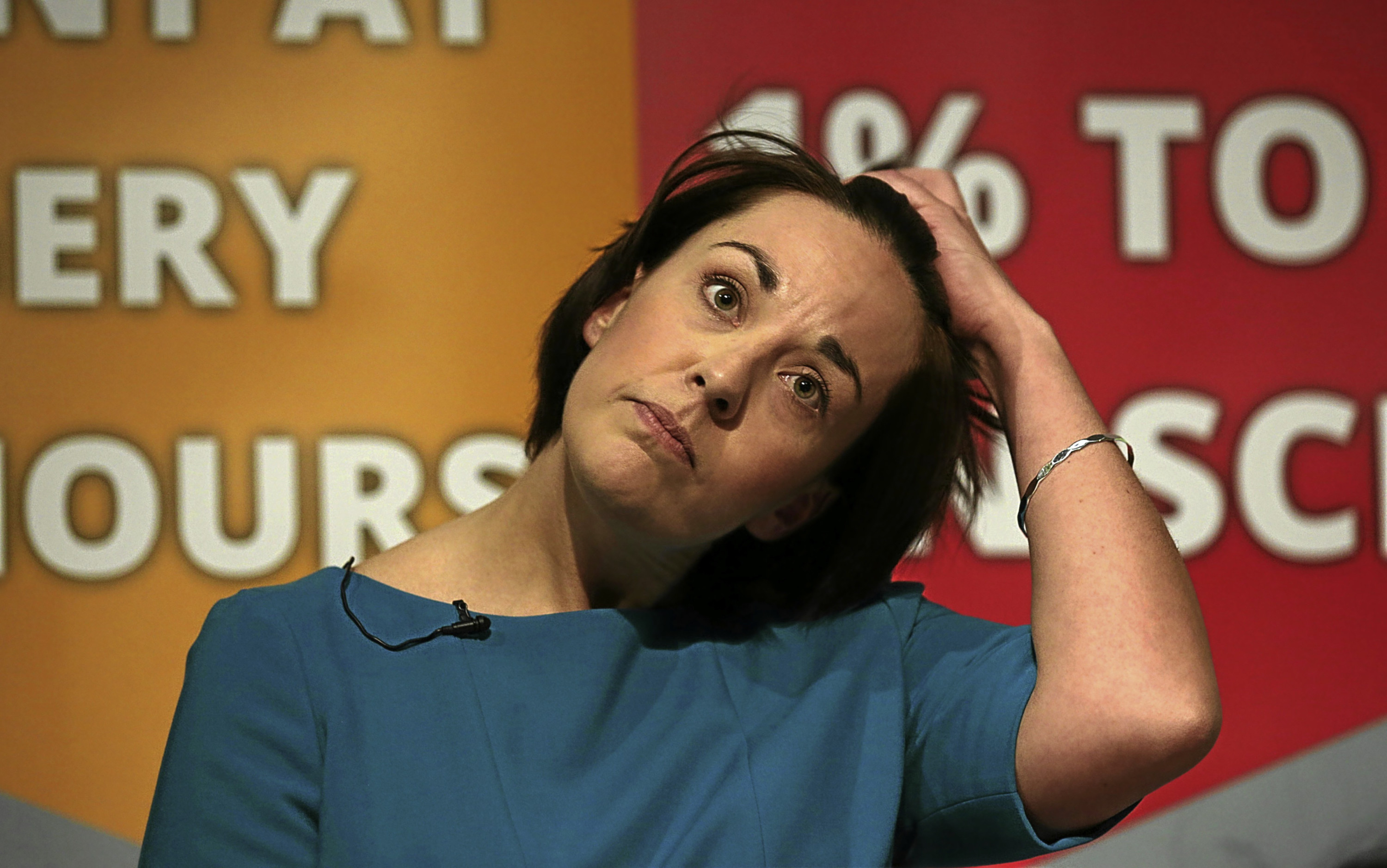Austerity is a tricky concept.
It refers, in economic usage, to difficult times and a government’s response.
The Tories popularised the word around 2010, when the incoming UK government wanted the people to think times were very hard and budgets needed to be cut.
In this context, austerity was an unavoidable necessity, a prudent reaction to unprecedented levels of borrowing by the state.
To the opposition, Labour and the SNP, austerity was a Conservative strategy, a means to cut the state under the guise of an emergency – remember when we were “all this in together”?
Nicola Sturgeon became a star of UK politics by championing anti-austerity in the 2015 election. She would not cut the state and she would raise taxes.
Then austerity morphed into something else. It came to mean things which happened in London about which the SNP and possibly Scottish voters, didn’t like.
State cuts
The proof of this is that the SNP itself has cut the state – there are fewer state employees, the budgets for mental health, local government and colleges have been slashed. The SNP has also declined to use Scotland’s new tax raising powers.
In truth, given the dictionary definition, the SNP is an austerity party – it faces difficult economic times and is responding to those by cutting services while not raising tax.
Yet this is the message which Labour has failed to make stick.
At the launch of her party’s manifesto in Edinburgh yesterday, Kezia Dugdale clearly focused on how Labour is responding to cuts by raising taxes, while the SNP is not.
It was a good performance. She may not survive what appears to be an inevitable SNP landslide and colleagues positioning for her job but she came across as funny, smart and believable.
She was undoubtedly right when she said in her speech that choosing to use the tax powers had “defined this election”. Her trouble is that it doesn’t seem to have helped her.
While she was looking at the new powers, the SNP had spotted Scotland was due to gain from an unusually generous boost to its spending thanks to George Osborne’s recent budget.
NHS spending will rise because the UK chancellor has lifted it for England and Wales – Scotland benefits from what are known as consequentials of that decision.
The SNP had also noticed that while everyone hates PFI (how the political mood turns – 15 years ago it was a favourite wheeze) nobody associated the Scottish Government’s private finance vehicle, NPD, as just another version of the old trick.
In short, the SNP could raise spending on the NHS because the Tories down south had done so, could boost infrastructure because George Osborne had lifted the capital budget for Scotland by 14% and can pledge new schools because nobody yet hates NPD.
So we arrive at the gloriously ironic situation whereby the anti-UK party can base a manifesto on UK largesse but the pro-union party is bravely using the new tax powers which the SNP campaigned for and probably losing support as a result.
The issue doesn’t just stop at the ballot box and the tendency for people to say they want taxes for better services but then vote for low tax parties.
It raises the question of whether the SNP is fundamentally a small state party.
The Conservatives are the historic small state party. They believe a minimum of taxes should be raised, to fund a minimal state, with private enterprise and free choice enabling people to make their own decisions.
The Labour party is a large state party – believing the vagaries of life are such that you need a large public sector to ensure people are protected both from harm and the disadvantage of inequality.
It’s old hat to note that the SNP is both – favouring small taxes but liking fairness.
The party’s superb ability to be both for and against apparently opposing things at once is remarkable. So “Labour’s PFIs” are attacked in the case of the Edinburgh school closures but the SNP has racked up more than £7bn of debt through its PFI equivalent.
Labour thinks it has spotted a genuine weakness in the SNP policy offer, saying the Nats are only inclined to sustain or expand the state when the UK pays, or when payment can be deferred through private borrowing.
Dugdale would like us to believe the evidence shows the SNP will never use tax increases to fund a large state, opting to cut first.
Struggle
At the moment, it is struggling to get this across but it may yet pay off in the future.
Kezia Dugdale wants you to hear that by choosing not to use the tax powers, the SNP is forcing £3bn worth of avoidable cuts on Scotland. The SNP blames the Tories for this – passing the buck on to David Cameron.
Dugdale’s problem is that it just may not matter to the voters – for them, the SNP is left enough and arguments about big state versus small state may seem a bit old-fashioned.
She has delivered on a promise to give Labour back its dignity but has yet to save it from near-death.
